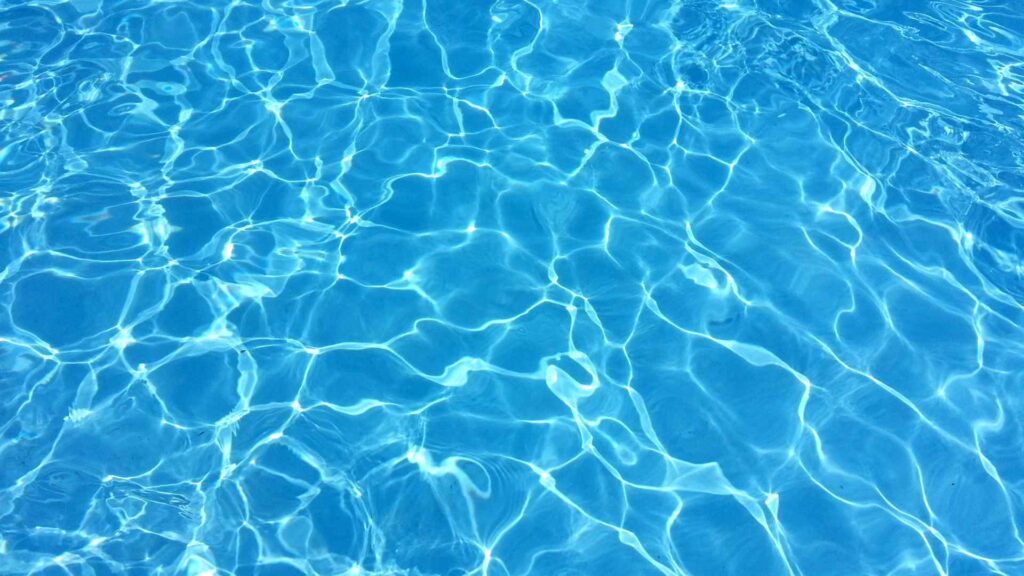Table Of Content
ToggleAs a pest control expert, I frequently encounter the question: “How to get rid of mosquito larvae in pool?” Those tiny, wiggly menaces can turn your refreshing dip into a swatting session. But fear not! This comprehensive guide will equip you with the knowledge and strategies to eliminate mosquito larvae and reclaim your itch-free oasis.
Mosquitoes thrive in stagnant water, making swimming pools a potential breeding ground. To effectively combat them, let’s explore their life cycle and breeding habits:
Several mosquito species lay eggs in pool water, including the common house mosquito (Culex pipiens) and the Asian tiger mosquito (Aedes albopictus). These mosquito larvae have a characteristic “comma-shaped” appearance with a wriggling movement.
The primary mosquito species of concern in Glendora, California, is the Culex tarsalis, also known as the western encephalitis mosquito. This mosquito transmits St. Louis encephalitis (SLE) and West Nile virus. Other mosquito species in the area include the Aedes aegypti (yellow fever mosquito) and the Culex pipiens (common house mosquito).
Here’s a tip: Look for tiny black dots on the water surface – these could be mosquito eggs clustered together.
Mosquitoes undergo four distinct stages in their development:
Secure your home with the right pest control plan. Find out how.

Early detection is key! Here’s how to identify mosquito larvae and potential signs of infestation:
If you notice an excessive number of mosquito larvae in your pool water, it’s time to take action. Remember, these larvae will mature into adult mosquitoes, posing health risks and ruining your pool enjoyment.
Prevention is always better than cure! Here are strategies to keep mosquitoes from breeding in your pool:
Explore your pest control options for a safer home today.

If you’ve spotted mosquito larvae in your pool, take action quickly to prevent a full-blown infestation. Here’s a two-pronged approach to eliminate them:
Chemical Larvicides: For a more targeted attack, consider using larvicide products specifically designed for pool use.
These products are formulated to kill mosquito larvae without harming swimmers, pets, or the overall health of your pool.
Safety First: Always prioritize safety when using chemicals. Carefully read and follow the manufacturer’s instructions for application rates and safety precautions.
This includes wearing gloves and eye protection when handling the larvicide, and maintaining proper chlorine levels throughout the treatment process.
💡 Bonus Tip: Maintaining a proper chlorine level (between 1-3 ppm) in your pool can help prevent mosquito larvae growth in the first place.
Eternal vigilance is key! Here’s how to keep your pool a mosquito-free zone:
For persistent mosquito problems, consider professional help. A licensed pest control company can:
Choose the best pest control frequency. Get expert guidance.

As a pest control expert, I recommend implementing these strategies to prevent mosquito infestations and enjoy a refreshing, bite-free swim all season long. Remember, proactive measures and consistent maintenance are key to maintaining a healthy and mosquito-free pool environment.
Take action today and reclaim your pool paradise!
Chlorine is effective at killing mosquito larvae in pools and other water sources, as it disrupts their respiratory systems and prevents them from developing into adult mosquitoes.
To get rid of larvae in your pool, you can use chlorine-based pool treatments or larvicides specifically designed to kill mosquito larvae. Regularly cleaning your pool and maintaining proper chlorine levels also help prevent larvae from thriving.
Swimming in water with mosquito larvae is generally safe for humans, as the larvae do not pose a direct health threat. However, it’s important to eliminate larvae to prevent them from developing into adult mosquitoes that can transmit diseases like West Nile virus or Zika virus.
Various products can be used to kill mosquito larvae in water, including larvicides containing Bacillus thuringiensis israelensis (BTI), which is safe for humans and pets but deadly to mosquito larvae. Additionally, chlorine-based treatments and biological control methods can effectively eliminate mosquito larvae from water sources.
References
https://mdc.mo.gov/discover-nature/field-guide/mosquito-larvae
Your trusted pest control experts in Southern California. Keeping your neighborhood pest-free!